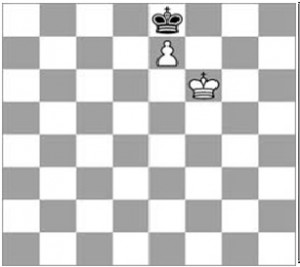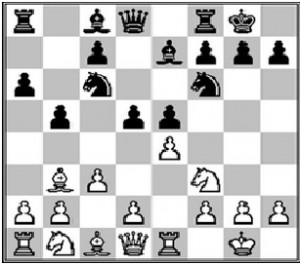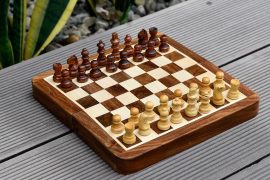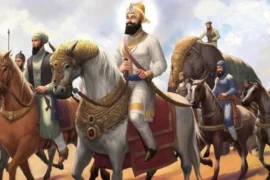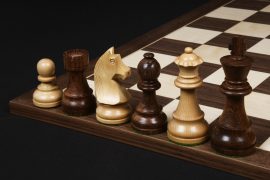Unlike other Games, Chess game doesn’t have a chance. It simply depends on the decision of players, whether it may be right or wrong. One player plays with light colored pieces while his opponent plays with dark pieces. Advantage in Chess simply depends upon the opponents mistakes. The game of Chess is divided in three phases – Opening, Middle game and Endgame. “Opening theory” commonly refers to consensus, broadly represented by current literature on the openings. “Middle game theory” often refers to rules or principles applicable to the middle game. . “Endgame theory” consists of statements regarding specific positions, or positions of a similar type, though there are few universally applicable principles.
Opening Game
The opening of Chess is like battle between two equally matched opponents. This is perfect time to make use of time and gain advantage. Opening stage is shown in the figure. All the pieces are well set in their initial positions. Game is started with the White’s move. It is better to move middle pawn because the results of millions of chess games in past have given these moves a better reputation than the alternatives. Now it’s the time for black pieces to respond the white’s move with a better one. With every game we may came to know about a new move.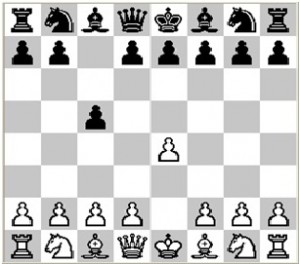
Middle game
This is the stage between the Opening game and end game. There is no proper partitioning between opening game & middle game and middle game & end game. There are differing opinions and criteria for when the middle game ends and the endgame starts. Chances of Development are less in the Middle game. The features that matter in the middle game are- Kings are castled on the opposite faces and queens are on the boards. The static use of the Pawns in the middle game. And, if one player has an overwhelming material advantage and is clearly winning, the stronger player can usually afford to violate several of the normal middle game principles in order to trade down to an endgame.
End Game
This is the stage where few pieces are left on the board which decides the winner. The divider between the middle game and end game is not always transparent. It may either get quick or sometimes become too late. End stage is very different from opening stage and middle stage. As many times weak opponent becomes strong in end stage and player in commanding position becomes weak. There are more chances to advance the pawns to the 8th row to gain advantage. King has lots of importance in the end game as it may come in the centre of the board. End game is also very time consuming since it requires lots of thinking that how to demolish opponents KING and other remaining pieces.